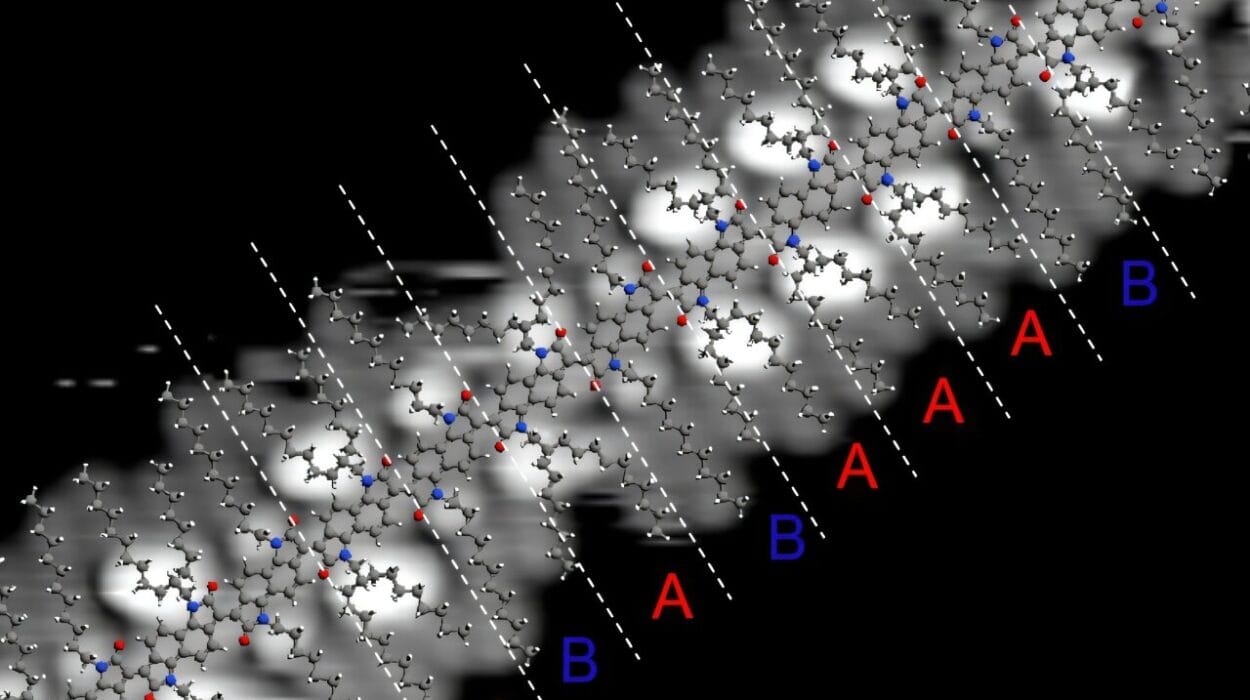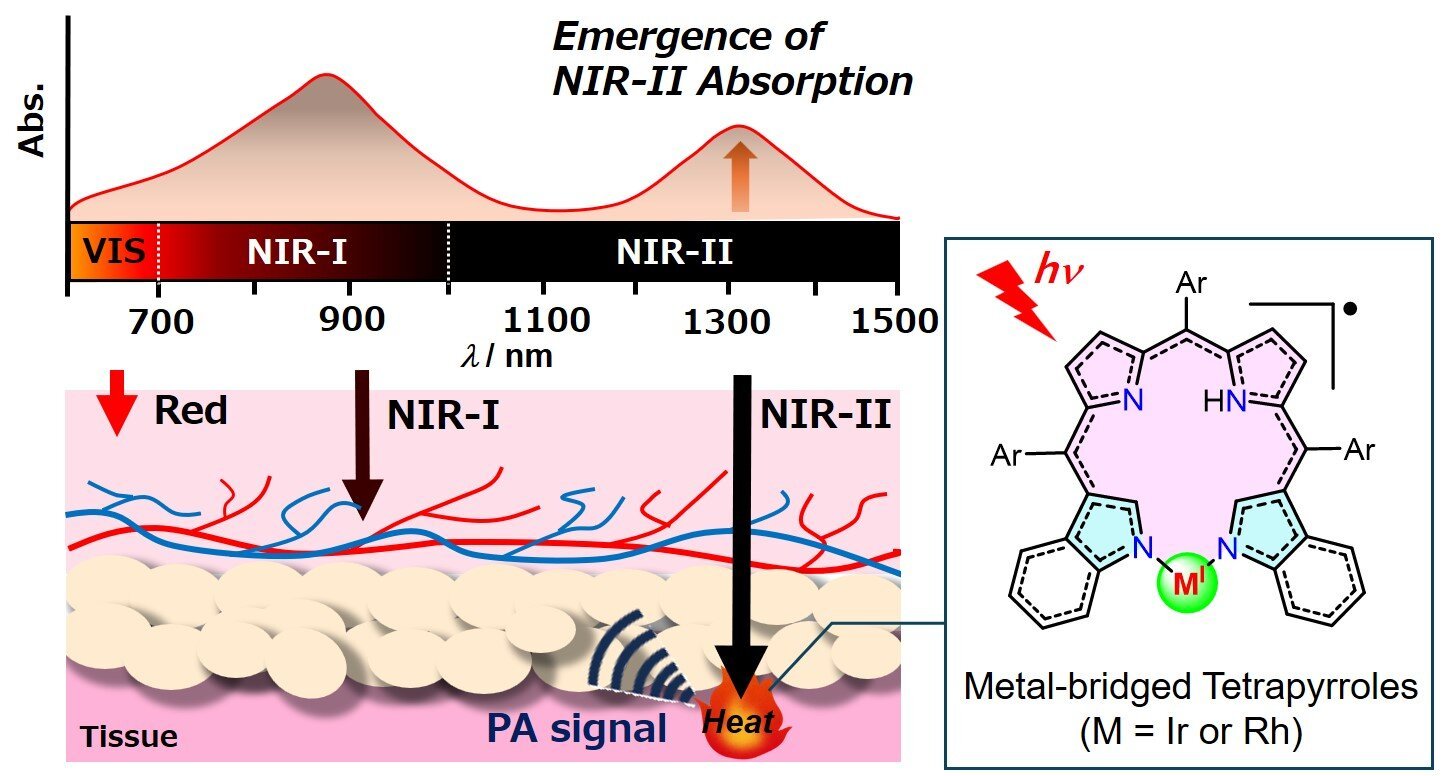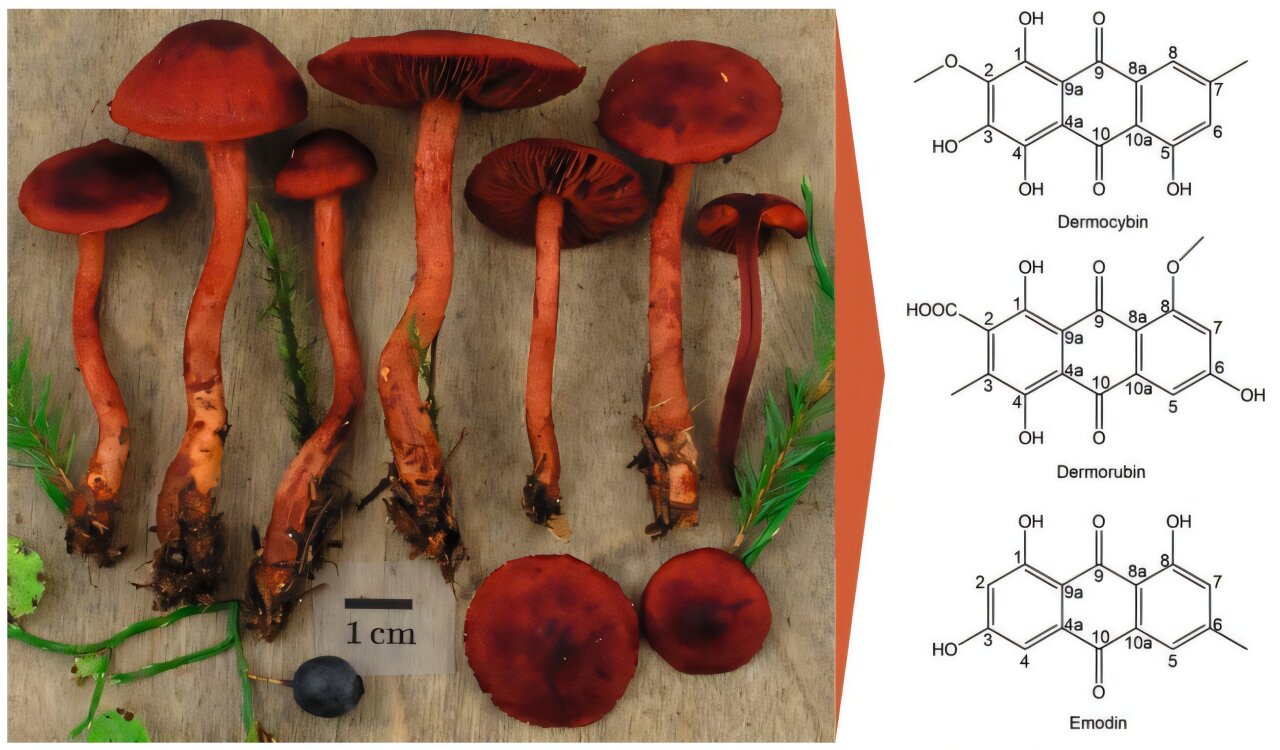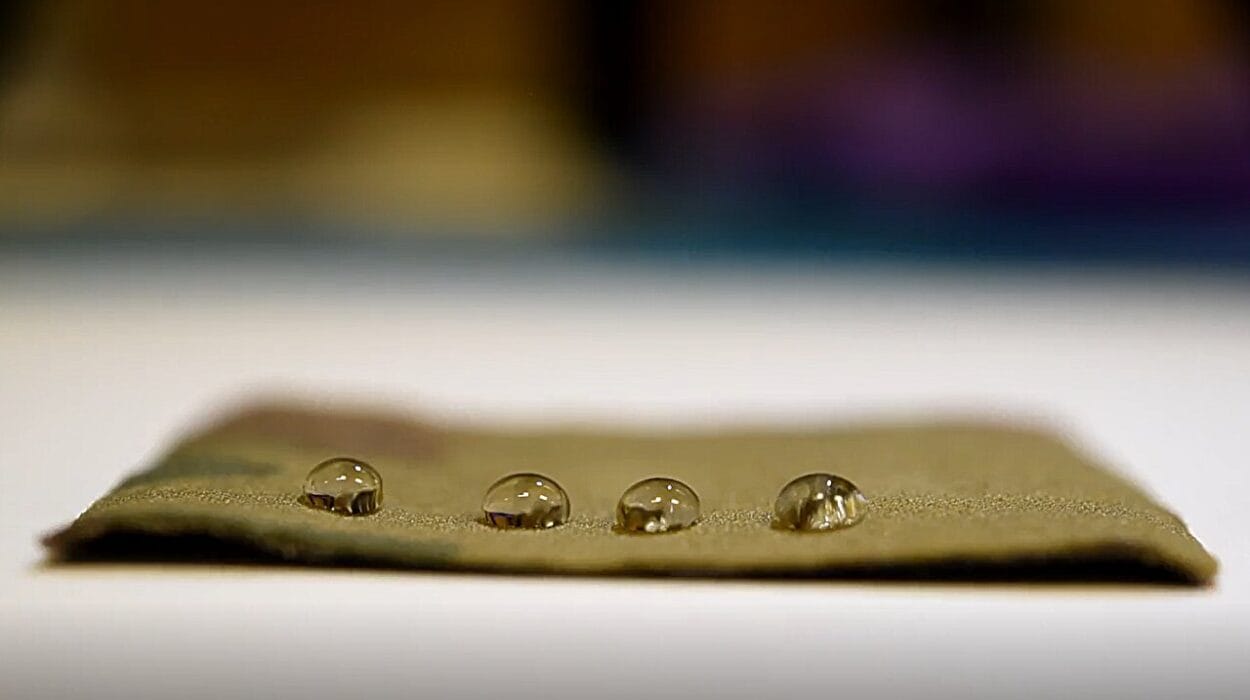Cordierite, a remarkable mineral widely recognized for its role in the creation of heat-resistant pizza stones, has long been a subject of intrigue due to its unusual ability to resist dimensional changes despite substantial temperature shifts. Although it has found use in various critical applications, such as in automotive catalytic converters and high-temperature industrial processes, the underlying mechanisms that allow cordierite to maintain its size stability under temperature fluctuations have remained largely a mystery.
Recent research led by scientists at Queen Mary University of London and published in the journal Matter provides the first comprehensive explanation of this fascinating thermal behavior, offering important insights that could potentially transform the design and development of advanced materials for high-performance applications. The findings of the study have profound implications not only for understanding cordierite but also for innovating new materials designed to withstand thermal stresses in a variety of industrial and consumer contexts.
In today’s world, society demands materials that perform consistently and predictably, even when subjected to drastic temperature changes. For most substances, temperature fluctuations lead to noticeable expansion or contraction, potentially compromising their performance in critical systems. However, cordierite demonstrates a remarkable ability to resist these dimensional changes, making it ideal for environments where temperature variability is commonplace. The mineral exhibits what is known as anisotropic thermal expansion, which means it behaves differently depending on the direction in which it is measured.
Professor Martin Dove, the lead researcher of the study and a Professor of Condensed Matter and Materials at Queen Mary University, explained, “Modern society demands materials that exhibit minimal dimensional changes with temperature fluctuations, unlike most materials that expand and contract significantly.” He went on to emphasize how this property is shared by some common materials, such as Pyrex used for oven-safe dishes, and the glass-ceramic material employed in cooking hobs. However, cordierite displays thermal expansion behavior that is both rare and exceptional in the materials science field.
Typically, when materials are subjected to varying temperatures, they exhibit either positive or negative thermal expansion—either expanding or contracting in size in response to heating or cooling. However, cordierite deviates from this norm in an unusual and remarkable way. The mineral exhibits a combination of thermal behaviors that involves low positive expansion along two perpendicular axes and negative expansion along the third. This combination of properties allows cordierite to maintain its structural integrity and thermal stability, making it highly desirable for use in industries such as automotive engineering, electronics, and various industrial applications that involve extreme temperatures.
Until now, scientists had not fully understood the reasons behind this unique expansion behavior of cordierite. Despite extensive study, no clear explanation had emerged to explain how it was able to exhibit different types of expansion along different axes without succumbing to typical thermal stresses. To explore this, the Queen Mary University team used a combination of advanced lattice dynamics and molecular dynamics simulations, employing transferable force fields to model the behavior of the atoms within cordierite at different thermal conditions. This groundbreaking approach allowed them to replicate experimental data accurately, revealing the specific atomic interactions that contribute to the mineral’s exceptional properties.
“Our research demonstrates that the anomalous thermal expansion of cordierite originates from a surprising interplay between atomic vibrations and elasticity,” explained Professor Dove. Through these advanced simulations, the team found that at lower temperatures, cordierite’s atomic structure behaves in a way that promotes negative thermal expansion (NTE) along all three axes of the mineral’s crystalline lattice. At lower frequencies of atomic vibration, these atomic movements favor contraction, resulting in negative expansion along each of the three crystallographic axes.
As the temperature increases, however, a different set of atomic vibrations—higher-frequency movements—becomes more dominant. These higher-frequency vibrations lead to the more conventional positive thermal expansion typically observed in materials. However, the true breakthrough of the study lies in the discovery of how these atomic vibrations are counterbalanced by cordierite’s unique elastic properties, which play a role in mitigating the effects of thermal expansion.
Cordierite’s elasticity essentially acts as a three-dimensional hinge within its atomic structure, offsetting the temperature-induced expansion along some axes and contraction along others. “This cancellation mechanism explains why cordierite exhibits small positive expansion in two directions and small negative expansion in the third,” noted Professor Dove. The researchers described this as a delicate balance of forces within the material that operates across multiple scales and temperature ranges. This discovery, they asserted, challenges the traditional understanding of thermal behavior in materials science, particularly as it relates to the thermal expansion properties of anisotropic systems like cordierite.
The results of this research open up new possibilities for materials science. The approach adopted by the researchers, which integrates simulations of atomic vibrations with elasticity models, offers a means to better understand the thermal behaviors of anisotropic materials. Importantly, the methodology developed in this study has the potential to be applied beyond cordierite, providing a pathway for screening other materials for specific thermal properties. This method could play a significant role in accelerating material innovation by eliminating much of the need for costly and time-consuming experimental procedures typically required to assess thermal expansion behaviors.
“Anisotropic materials like cordierite hold immense potential for developing high-performance materials with unique thermal behaviors,” Professor Dove stated. “Our approach can rapidly predict these properties, significantly reducing the reliance on expensive and time-consuming experimental procedures.” This capacity to screen materials more efficiently has exciting implications, particularly as industries demand high-performance materials capable of withstanding extreme conditions, such as those used in aerospace, automotive manufacturing, electronics, and energy production.
The study’s methodology could also accelerate research into other promising materials that have unusual or unique thermal behaviors. By identifying key variables and focusing on the atomic-level interactions responsible for thermal expansion, scientists can better design new materials with tailored thermal properties. Furthermore, understanding materials with negative thermal expansion characteristics, as is the case with cordierite, could have implications for reducing thermal stresses in materials where precision and dimensional stability are critical.
Despite its groundbreaking findings, the research process also had its share of moments that tested the researchers’ initial assumptions. “Initially, I was skeptical of the results,” admitted Professor Dove. “The initial data suggested uniform expansion behavior at both high and low temperatures, but the final results revealed a delicate balance of forces. It was a moment of scientific serendipity,” he continued. This realization reinforced the value of constantly questioning and challenging existing models and assumptions within the field of materials science. It also underscored the importance of using computational techniques to explore the complexities of materials at the atomic level, an approach that is becoming increasingly vital as materials science progresses into ever more intricate areas of study.
Cordierite, as part of a family of silicate minerals, has great potential to inform and inspire developments in a wide range of industries that depend on materials with exceptional thermal properties. Understanding its behavior, especially as it pertains to the way it responds to thermal changes, paves the way for innovations in automotive engineering, electronics, aerospace, and other fields that rely on materials capable of operating under high-stress environments. Moreover, this research contributes to a broader effort to better understand the phenomena associated with negative thermal expansion in anisotropic systems—an area that, while underexplored in the past, is becoming increasingly important in materials science.
Professor Dove and his team intend to continue applying their methodology to investigate other silicate minerals and extend their findings to synthetic materials. With the blueprint they have developed, the team believes there is significant potential to uncover new materials with unique thermal properties that could revolutionize industries reliant on thermal stability and heat resistance.
“The possibilities are vast,” Professor Dove concluded. “This work provides a roadmap for uncovering new materials that could revolutionize industries reliant on thermal stability.” Indeed, as this research sets the stage for further investigation into innovative materials, cordierite’s surprising and unique properties are likely to spark the development of novel applications in science, engineering, and beyond.
Reference: Anomalous thermal expansion of cordierite, Mg2Al4Si5O18, understood through lattice simulations, Matter (2025). DOI: 10.1016/j.matt.2024.101943. www.cell.com/matter/fulltext/S2590-2385(24)00636-2






